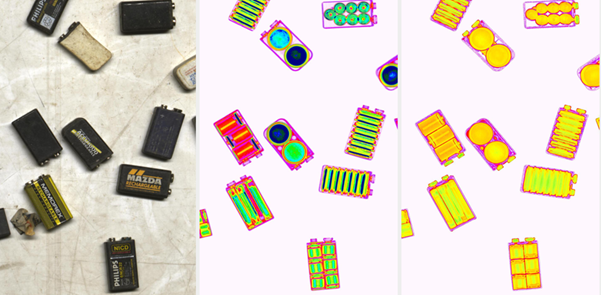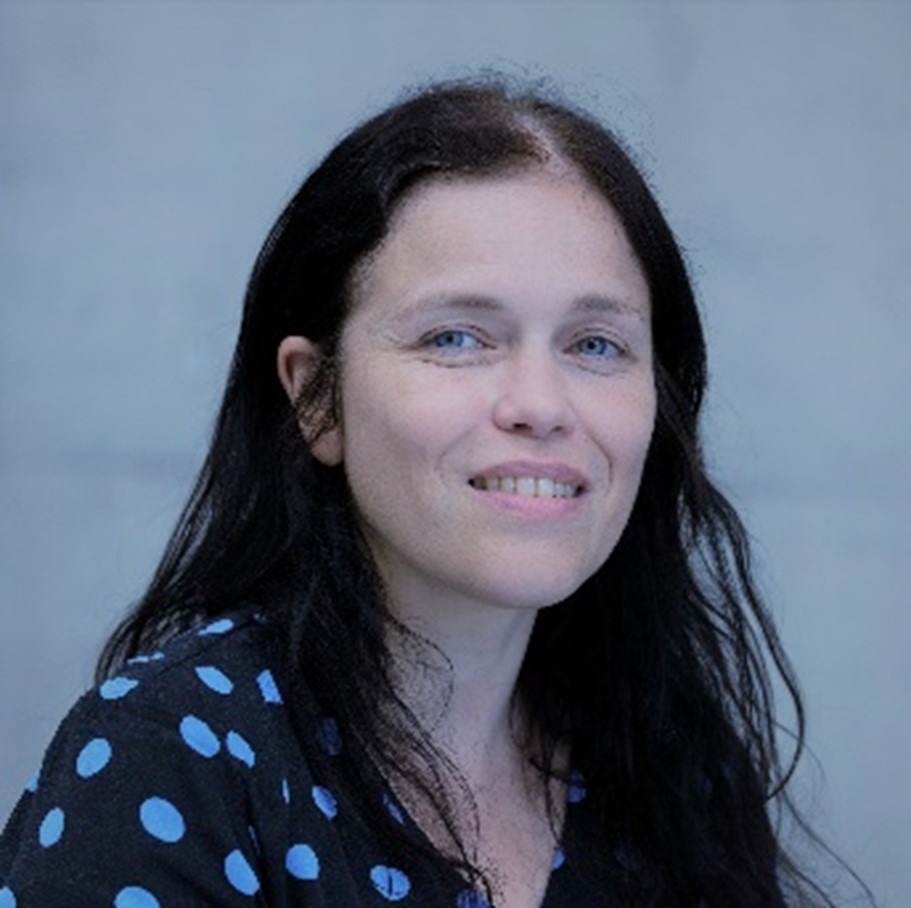Main navigation (level 2) (loaded programmatically)
The battery market is constantly changing. More and more new and complex types of batteries are being developed for innovative applications. Due to increasing electrification, the number of batteries to be processed, with a growing proportion of lithium batteries, will increase drastically in the coming years.
With the ‘EU Batteries Directive’ (with the objective of a recycling efficiency of more than 50 percent), the ‘European Battery Alliance’ and the ‘Action Plan on Raw Materials in the Circular Economy’, the European Commission has made lithium battery recycling a top priority.
Diversity and quantity make sorting difficult
The variable composition of lithium batteries makes it increasingly difficult to identify and manually separate the different types of batteries. Nonetheless, correct separation is crucial for optimal recycling. This is the only way to make a circular economy possible with a complete or almost complete repurposing of battery materials.
Further automation is required in order to continue to process both the increase in complexity and the number of batteries used. That is why Batteries Europe ETIP recently designated research into technologies for automated battery sorting as a short-term strategy (zero to five years).
Optimising existing sorting processes using recognition technology and AI
In Belgium, Sortbat is investing in research to optimise the current, largely manual, sorting process. This leading player on the European market sorts more than 3,500 tons of batteries - mainly household batteries - each year and makes them available to recycling companies and end processors. The used batteries need to be as clean as possible to ensure efficient recycling. Constant attention is therefore paid to improving and optimising the processes.
Sortbat linked recent developments in sensor-based recognition technology to artificial intelligence (AI) from VITO to automate its existing sorting line. X-rays enable you to see through materials. This makes it possible to observe the internal structures, which are linked to certain battery families. The X-rays even allow us to form an idea of the chemistry of each individual battery, which enables even finer sorting.
Linking this innovative characterisation technology to an automated sorting step leads to a very clean sorting process, in which human errors are excluded. AI makes it possible to continuously improve the characterisation step and to respond to new developments in the battery market.
The optimised sorting process also provides significant added value in terms of safety. After all, damaged lithium batteries can lead to fierce, difficult-to-control fires that can release dangerous gases. Early detection and removal of potentially hazardous batteries at the start of the sorting line is now possible and will reduce the number of incidents.
Continued commitment to innovation
If the technology is successful, it will form the basis for Sortbat's battery sorting centre of the future. The sorting process will be continued and expanded here, but in an automatic, safer and future-oriented way. The new technology will also make it possible to further refine and separate lithium batteries based on their chemical properties.
 |
 |
 |
Dr Liesbeth Horckmans |
 |
Dr Kris Broos |
 |
Peter Coonen |